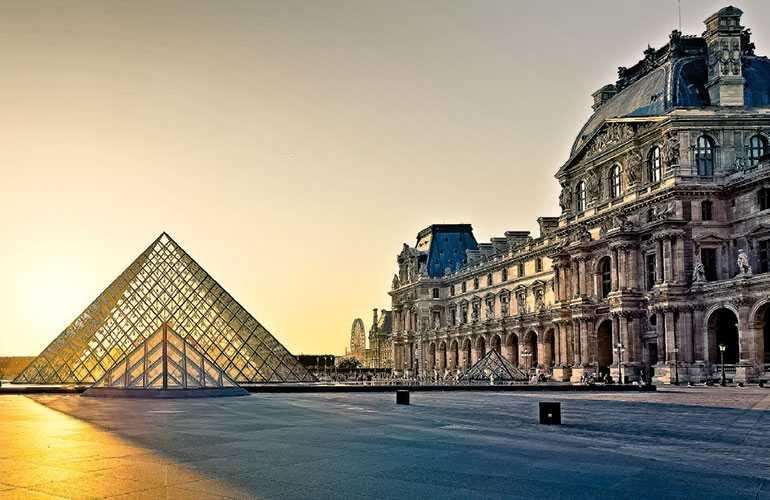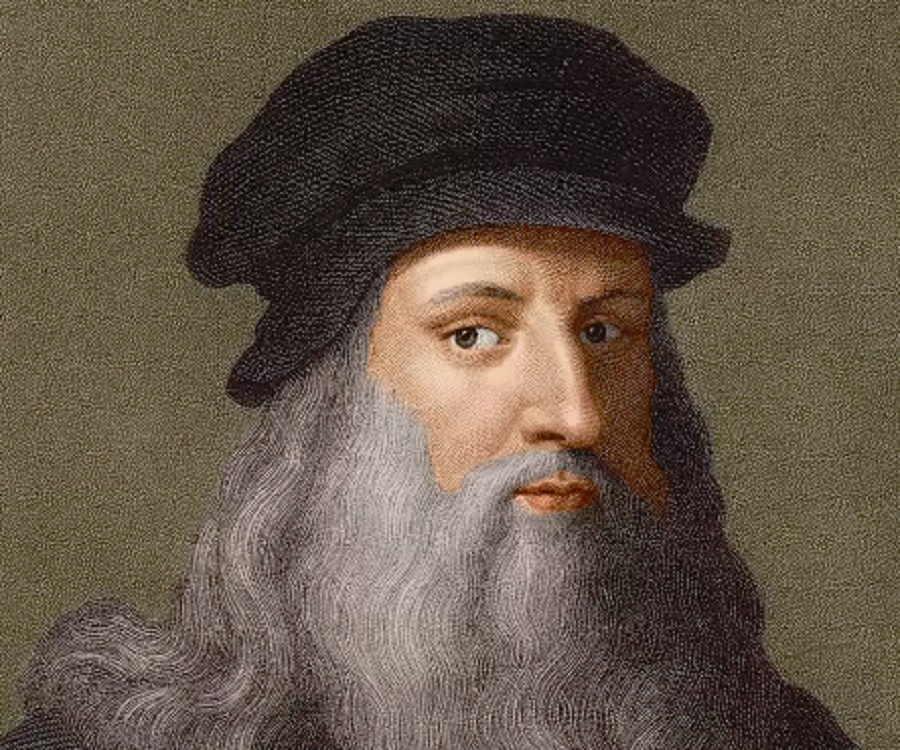Da Vinci's Relationship with Geology
Da Vinci traced his interest in geology back to a powerful childhood memory that he had of entering a cave near where he was living and seeing, by torchlight, bands of different fossils in the rock. This suggested to him that at one time the cave - which was high up in the Apennine Mountains - was once below sea level.
Leonardo studied the way in which sedimentary rock was formed and this led him to dismiss the notion that it was Noah's Great Flood that caused the sea shells to be thrown up into the mountains.
38
875 reads
CURATED FROM
IDEAS CURATED BY
The idea is part of this collection:
Learn more about history with this collection
Leonardo da Vinci's creative process
How to approach problem-solving like da Vinci
The importance of curiosity and observation
Related collections
Similar ideas to Da Vinci's Relationship with Geology
Da Vinci’s obsession
Leonardo da Vinci worked on the painting for four years, and possibly at intervals after that. He always took it with him when he travelled, and he never signed or dated it.
The picture went with him when, towards the end of his life, he moved to France.
At that time, it was not seen...
Natural elements that most fascinated Leonardo
Leonardo was self-taught. He didn’t go to school because he was born out of wedlock.
- He loved the flow of the streams that went into the Arno River. So he studied them and continued until his deathbed to draw the spiral forms to figure out the math behind them.
- He noticed ho...
The Greatest Polymath
Leonardo da Vinci is generally recognised as one of the great figures of the Renaissance and one of the greatest ever polymaths.
As the world marks the 500th anniversary of his death, it’s important to look at some of the ways in which he showed that he was a thinker who w...
Read & Learn
20x Faster
without
deepstash
with
deepstash
with
deepstash
Personalized microlearning
—
100+ Learning Journeys
—
Access to 200,000+ ideas
—
Access to the mobile app
—
Unlimited idea saving
—
—
Unlimited history
—
—
Unlimited listening to ideas
—
—
Downloading & offline access
—
—
Supercharge your mind with one idea per day
Enter your email and spend 1 minute every day to learn something new.
I agree to receive email updates



